Posts Tagged: reviews
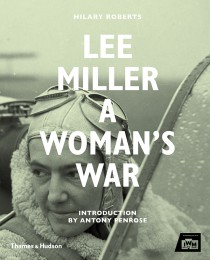
Lee Miller, Challenging Convention
By Lauren Richman
Lauren Richman reviews Hilary Roberts, ed., Lee Miller: A Woman’s War, and the exhibition Lee Miller: A Woman’s War, and Walter Moser and Klaus Albrecht Schröder, eds., Lee Miller, and the exhibition Lee Miller, aka Lee Miller—Photographs and The Indestructible Lee Miller

Lee Miller, Challenging Convention
By Lauren Richman
Lauren Richman reviews Hilary Roberts, ed., Lee Miller: A Woman’s War, and the exhibition Lee Miller: A Woman’s War, and Walter Moser and Klaus Albrecht Schröder, eds., Lee Miller, and the exhibition Lee Miller, aka Lee Miller—Photographs and The Indestructible Lee Miller
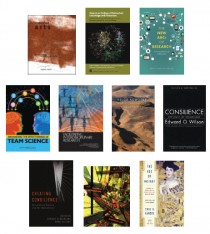
Art-Science: An Annotated Bibliography
By Roger F. Malina
We are witnessing a resurgence of creative and scholarly work that seeks to bridge science and engineering with the arts, design, and the humanities. These practices connect both the arts and sciences, hence the term art-science, and the arts and the engineering sciences and technology, hence the term “art and technology.”

Art-Science: An Annotated Bibliography
By Roger F. Malina
We are witnessing a resurgence of creative and scholarly work that seeks to bridge science and engineering with the arts, design, and the humanities. These practices connect both the arts and sciences, hence the term art-science, and the arts and the engineering sciences and technology, hence the term “art and technology.”
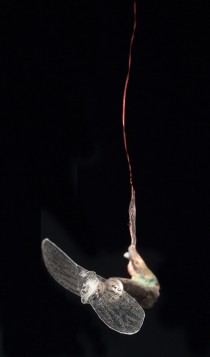
Between Negative Dialectics and Biological Aesthesis
By Charissa Terranova
Charissa Terranova reviews Wetware: Art, Agency, Animation, which was on view at the Beall Center for Art + Technology, University of California, Irvine, from February 6–May 7, 2016.

Between Negative Dialectics and Biological Aesthesis
By Charissa Terranova
Charissa Terranova reviews Wetware: Art, Agency, Animation, which was on view at the Beall Center for Art + Technology, University of California, Irvine, from February 6–May 7, 2016.
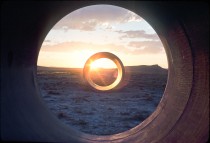
Troubling Troublemakers
By Chris Taylor
Chris Taylor reviews Troublemakers: The Story of Land Art (2015), written and directed by James Crump.

Troubling Troublemakers
By Chris Taylor
Chris Taylor reviews Troublemakers: The Story of Land Art (2015), written and directed by James Crump.
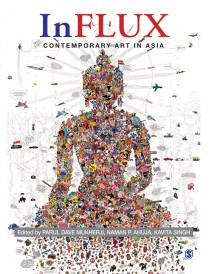
Barbarians at the Gates: Contemporary Art and Globalization in Asia
By Sonal Khullar
Sonal Khullar reviews InFlux: Contemporary Art in Asia edited by Parul Dave-Mukherji, Naman P. Ahuja, and Kavita Singh.

Barbarians at the Gates: Contemporary Art and Globalization in Asia
By Sonal Khullar
Sonal Khullar reviews InFlux: Contemporary Art in Asia edited by Parul Dave-Mukherji, Naman P. Ahuja, and Kavita Singh.
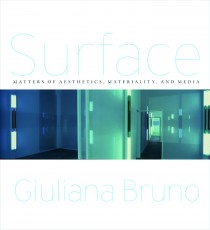
Superficial Thinking: Screen Practices and Screen Architectures
By Swagato Chakravorty
Swagato Chakravorty reviews Surface: Matters of Aesthetics, Materiality, and Media by Giuliana Bruno.

Superficial Thinking: Screen Practices and Screen Architectures
By Swagato Chakravorty
Swagato Chakravorty reviews Surface: Matters of Aesthetics, Materiality, and Media by Giuliana Bruno.

Not Getting There Is Half the Fun: Holidays with Freud
By Elizabeth Legge
Elizabeth Legge reviews Sharon Kivland’s Freud on Holiday series.

Not Getting There Is Half the Fun: Holidays with Freud
By Elizabeth Legge
Elizabeth Legge reviews Sharon Kivland’s Freud on Holiday series.
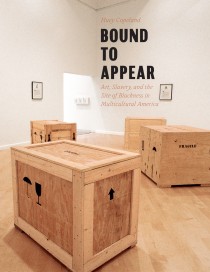
Objects Made Black
by Sampada Aranke
Sampada Aranke reviews Bound to Appear: Art, Slavery, and the Site of Blackness in Multicultural America by Huey Copeland.

Objects Made Black
by Sampada Aranke
Sampada Aranke reviews Bound to Appear: Art, Slavery, and the Site of Blackness in Multicultural America by Huey Copeland.

Between Ecology and Looking Back: Environment and Revisionism in Le Corbusier: An Atlas of Modern Landscapes
Charissa N. Terranova reviews Le Corbusier: An Atlas of Modern Landscapes.

Between Ecology and Looking Back: Environment and Revisionism in Le Corbusier: An Atlas of Modern Landscapes
Charissa N. Terranova reviews Le Corbusier: An Atlas of Modern Landscapes.
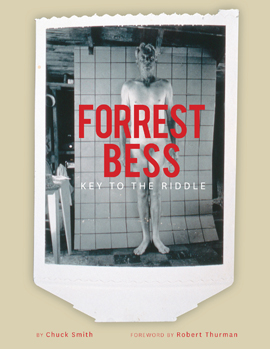
The Aesthetic Gold of a Ravished Spouse of the Godhead
By Elisabeth Kley
Although mystery has surrounded the life of Forrest Bess since he died in 1977, quite a bit of the cloud is dispelled in Chuck Smith’s new book, Forrest Bess: Key to the Riddle. A follow-up to a film Smith made in 1999, it is an ideal combination of monograph and biography.

The Aesthetic Gold of a Ravished Spouse of the Godhead
By Elisabeth Kley
Although mystery has surrounded the life of Forrest Bess since he died in 1977, quite a bit of the cloud is dispelled in Chuck Smith’s new book, Forrest Bess: Key to the Riddle. A follow-up to a film Smith made in 1999, it is an ideal combination of monograph and biography.

Through the Looking-Glass, Darkly
By Tina Rivers
When H. H. Arnason published the first edition of his 1968 book The History of Modern Art, it ended with a one-page entry on “Psychedelic Art.” Positioning the inchoate movement as a bridge between the modern and contemporary periods, the entry was a blueprint for a future that would never come to pass, and was expunged from all further editions, helping to relegate psychedelia to the proverbial dustbin of history.

Through the Looking-Glass, Darkly
By Tina Rivers
When H. H. Arnason published the first edition of his 1968 book The History of Modern Art, it ended with a one-page entry on “Psychedelic Art.” Positioning the inchoate movement as a bridge between the modern and contemporary periods, the entry was a blueprint for a future that would never come to pass, and was expunged from all further editions, helping to relegate psychedelia to the proverbial dustbin of history.

Modernism, Essentialism, and “Racial Art” in America
By Amy Lyford
It is exciting to read two books that demonstrate the power, impact, and necessity of art history’s engagement with critical race studies—especially in the context of scholarship on modernist American art.

Modernism, Essentialism, and “Racial Art” in America
By Amy Lyford
It is exciting to read two books that demonstrate the power, impact, and necessity of art history’s engagement with critical race studies—especially in the context of scholarship on modernist American art.
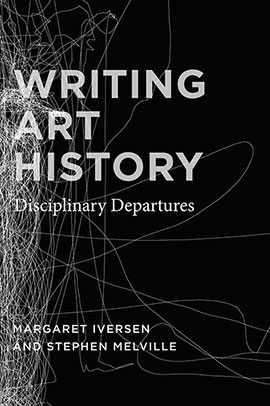
Where Do We Come From? What Are We? Where Are We Going?
By Sarah Betzer
Spurred by global economic contractions, by the attention of politicians, legislators, and pundits, and certainly also by the historical curiosity and critical orientation of its ranks, the academy at present is in the thrall of self-scrutiny. What is the past, present, and future of the research university, an invention of stunningly recent vintage and yet of remarkable structural resilience?

Where Do We Come From? What Are We? Where Are We Going?
By Sarah Betzer
Spurred by global economic contractions, by the attention of politicians, legislators, and pundits, and certainly also by the historical curiosity and critical orientation of its ranks, the academy at present is in the thrall of self-scrutiny. What is the past, present, and future of the research university, an invention of stunningly recent vintage and yet of remarkable structural resilience?

Precarious Symbolism: When the Political Sphere Overshadows Art History
By Maymanah Farha
As the methodical beat of a handheld drum begins to pound, a bearded, turbaned figure is shown lying on a bare floor. Overcome by emotional agony, he moves as though waking from a trance. A mane of dark hair frames his painted face as the camera zooms in and his melodic eulogy to lost love commences.

Precarious Symbolism: When the Political Sphere Overshadows Art History
By Maymanah Farha
As the methodical beat of a handheld drum begins to pound, a bearded, turbaned figure is shown lying on a bare floor. Overcome by emotional agony, he moves as though waking from a trance. A mane of dark hair frames his painted face as the camera zooms in and his melodic eulogy to lost love commences.

